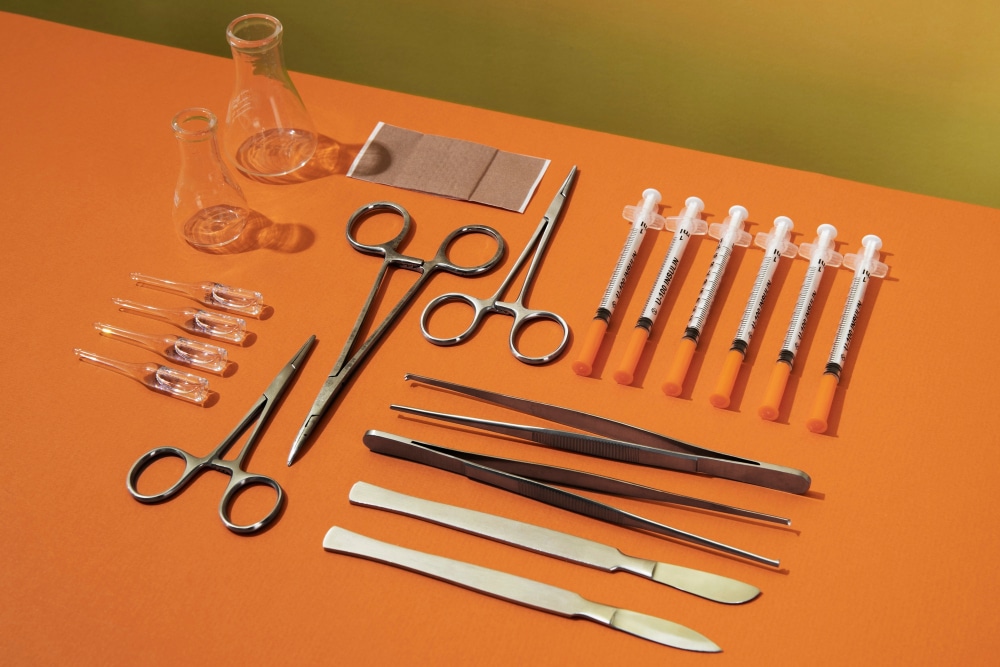
The aesthetics industry has continually evolved, introducing new rejuvenation tools to combat aging. Starting with Botox in the 1950s, which surged in popularity after its FDA approval in the 1990s, the range of treatments has expanded significantly. However, achieving optimal skin firmness and hydration remained challenging until the advent of skin booster treatments. These treatments have revolutionized the field, enabling practitioners to directly enhance skin texture, restore radiance, and promote a natural, youthful glow, thereby elevating patient care to new heights.
Skin boosters, also known as injectable moisturizers, are treatments that use small doses of hyaluronic acid (HA) to improve skin hydration, texture, and elasticity. Unlike traditional dermal fillers, skin boosters are injected into the dermis layer to enhance the skin’s natural moisture retention and overall quality. As we age, our bodies produce less HA, leading to drier, less elastic skin. Skin boosters replenish HA, significantly improving skin texture and minimizing wrinkles and fine lines.
Primarily used for facial rejuvenation, skin boosters can also treat the neck, thighs, hands, chin, and upper arms. The effects are temporary, usually lasting up to six months, and require regular touch-ups.
Though both treatments use hyaluronic acid, their properties and purposes differ. Dermal fillers employ a thicker HA solution to restore volume and contour specific areas, effectively addressing deep wrinkles, scars, and fine lines. In contrast, skin boosters use a thinner HA solution that disperses evenly, boosting the skin’s ability to retain moisture and produce collagen, while also delivering vitamins, antioxidants, and amino acids.
Dermal fillers are ideal for adding volume and contouring, while skin boosters primarily enhance skin texture and hydration. Boosters are more suited for prevention and overall skin quality improvement rather than addressing deep wrinkles and volume loss.
Skin boosters are injected into the dermal layer using methods similar to microneedling, such as mesotherapy or the microdroplet technique. Injection sites should be spaced about 1 inch (3 cm) apart, and microdoses of the booster formula are administered using a 30G needle or a cannula to minimize bruising. The specific needle type can vary by brand, so always refer to the manufacturer’s instructions.
Skin boosters have been around since 2004, when Restylane Vital received its European CE certificate. Their popularity has surged, with some clinics now performing more skin booster treatments than Botox. The most popular brands include:
Among these, Juvederm Volite is the only one recently approved by the FDA for the US market.
Skin boosters offer numerous advantages for skin rejuvenation:
Common Side Effects:
Uncommon Side Effects:
Skin boosters revolutionize skin care by addressing early signs of aging and promoting long-lasting results. These versatile injections enhance hydration, provide essential nutrients, and of
Join our newsletter to receive latest news and offers

Medicle MD Ltd
Reg. Number: 14317237
Address: 27 Old Gloucester Street,
WC1N 3AX London,
United Kingdom